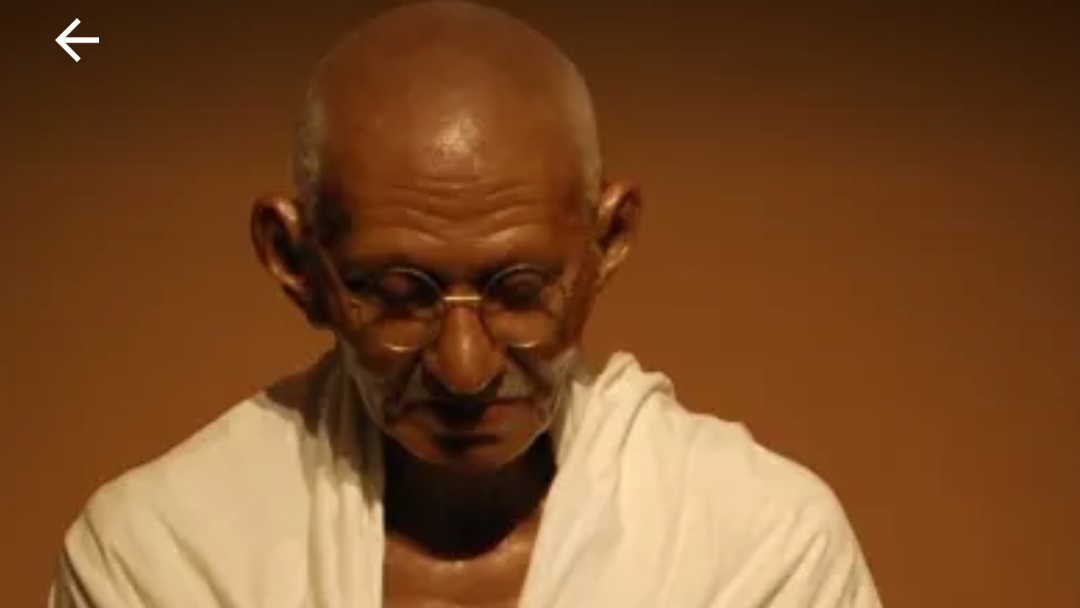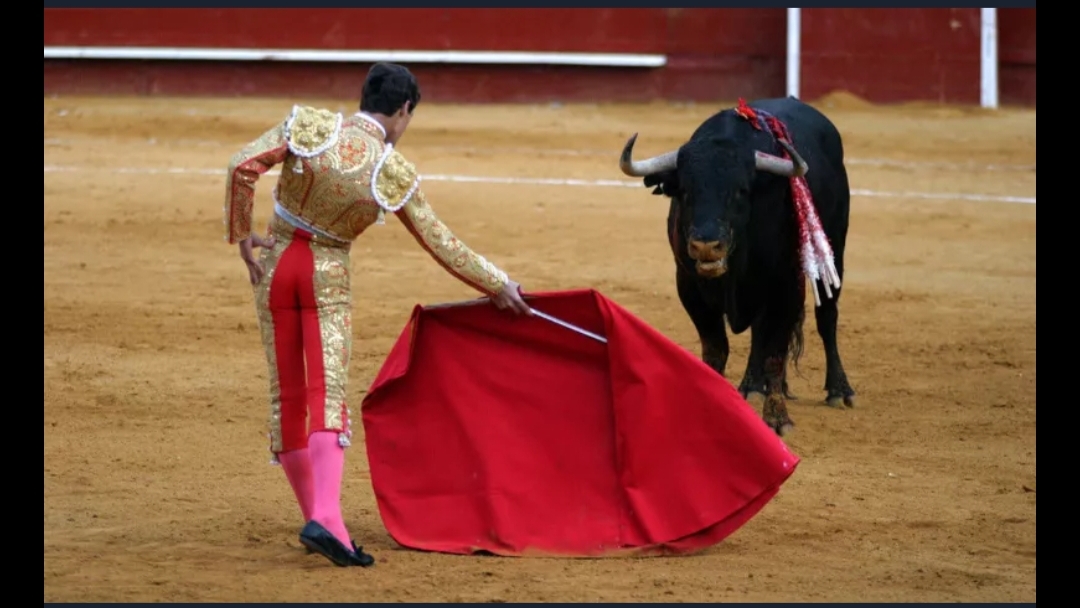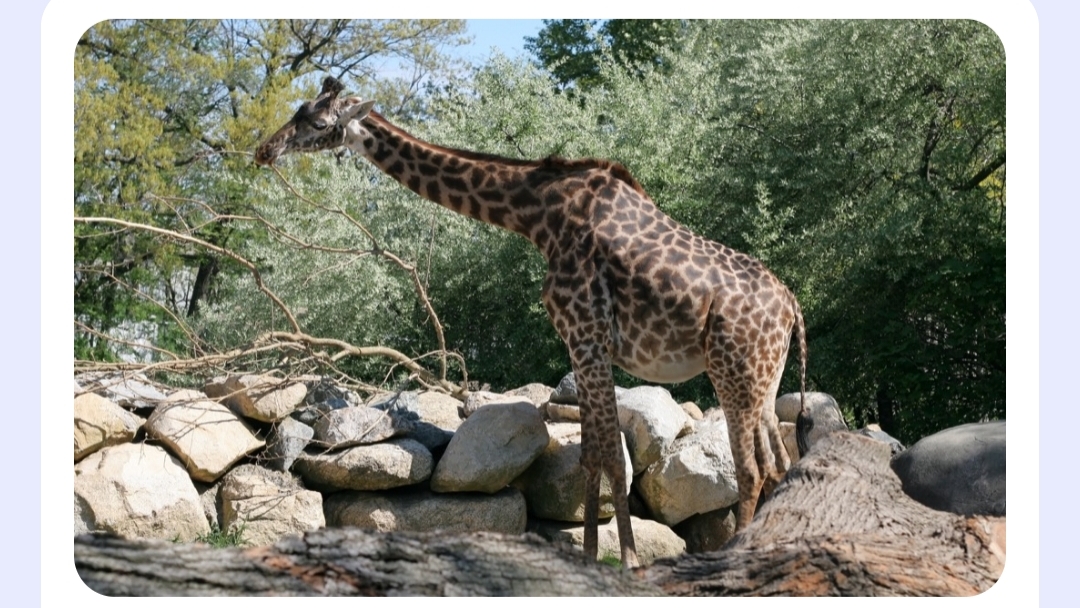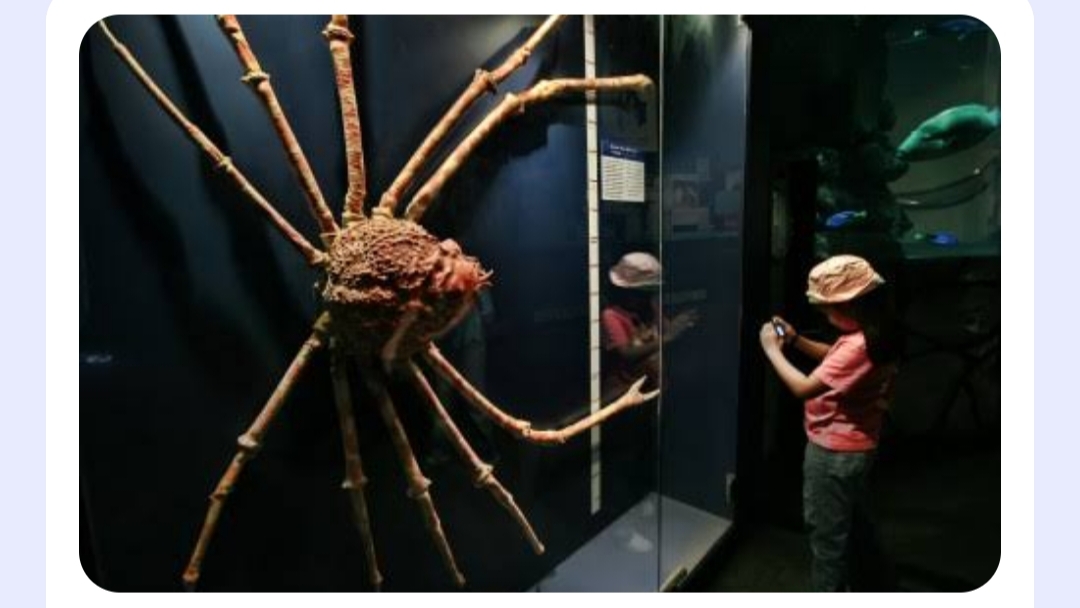Gandhi and Nobel Prize : Gandhi never won the Nobel Peace Prize, despite being nominated five times

Mohandas Gandhi has become the strongest symbol of non-violence in the 20th century. It is widely held – in retrospect – that the Indian national leader should have been the very man to be selected for the Nobel Peace Prize. He was nominated several times, but was never awarded the prize. Why? Gandhi was nominated in 1937, 1938, 1939, 1947 and, finally, a few days before he was murdered in January 1948. The omission has been publicly regretted by later members of the Nobel Committee; when the Dalai Lama was awarded the Peace Prize in 1989, the chairman of the committee said that this was "in part a tribute to the memory of Mahatma Gandhi". However, the committee has never commented on the speculations as to why Gandhi was not awarded the prize, and until recently the sources which might shed some light on the matter were unavailable. Up to 1960, the Nobel Peace Prize was awarded almost exclusively to Europeans and Americans. In retrospect, the horizon of the Norwegian Nobel


















